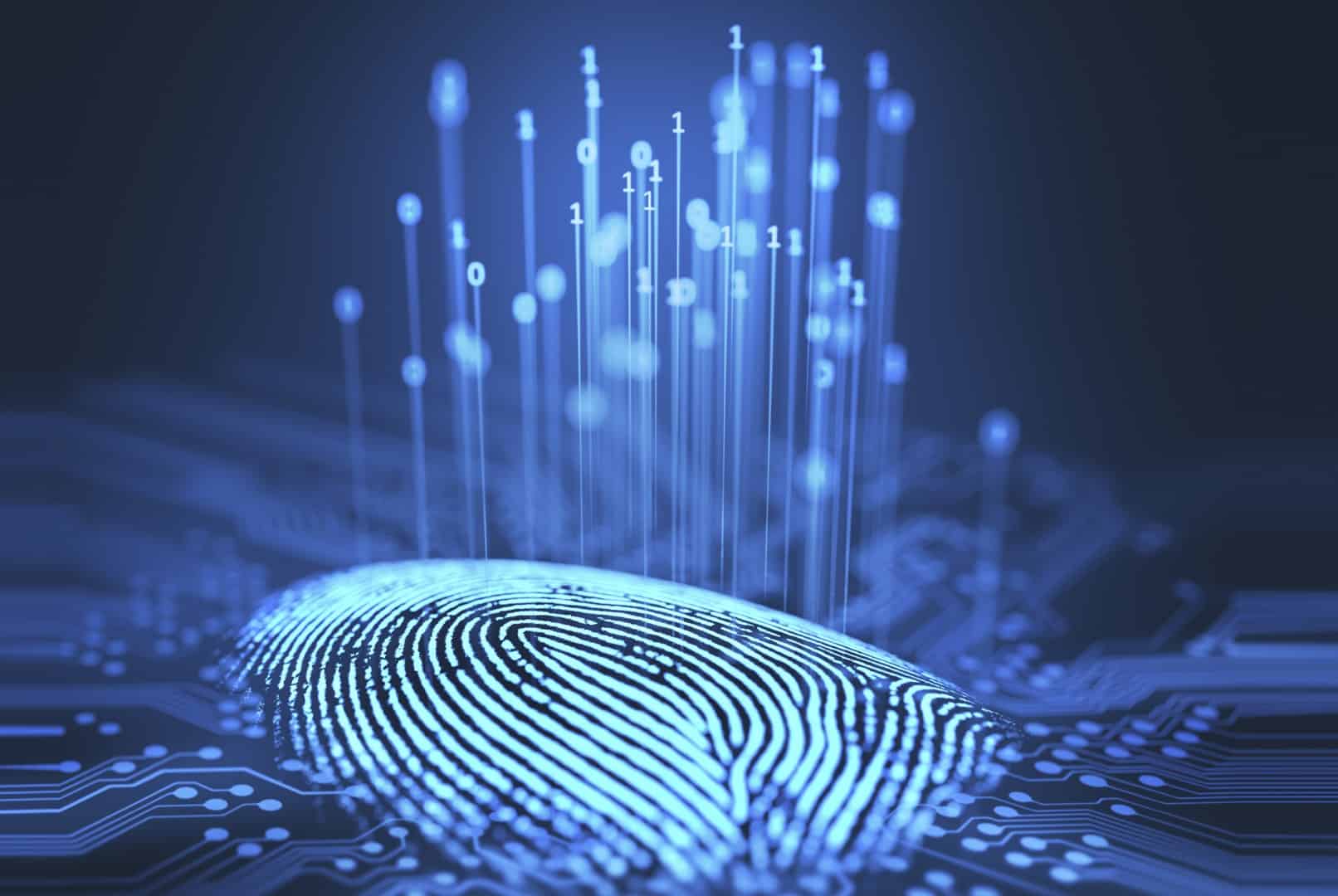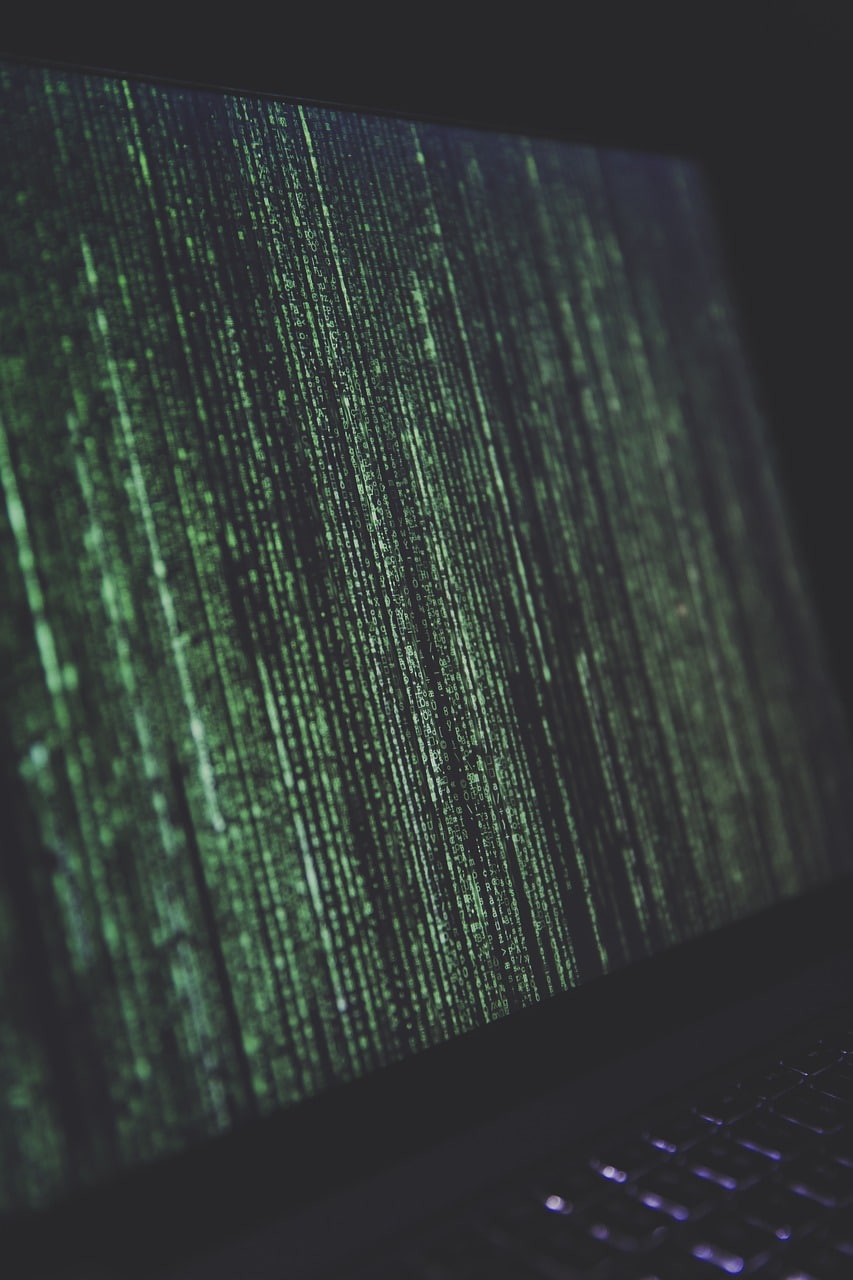With businesses, companies as well as government facilities moving entirely online, security breaches have become one of the biggest disasters a company could face. With technological advancements evolving every second, an antivirus or firewall is no longer enough to keep your sensitive information, or that of your clients, safe. That’s why cybersecurity has resorted to using artificial intelligence to boost security and reduce the risks of data breaches as well as hacking from happening.
IMAGE: PIXABAY
Why Is Cybersecurity Needed?
When an average data breach occurs, the damages done are quite extreme. Research estimates the recovery from an average security breach to amount to 3.86 million US dollars, which would take almost 196 days. That’s why cybersecurity is needed, and extra measures are taken to ensure the prevention of any breaches and avoid the finances and time lost by using AI.
With humans being able to solve information based on previously stored data, mathematicians and scientists decided to explore the possibilities of whether it would be likely to program computers to “think” and process a large quantity of data in a shorter amount of time.
Cybersecurity solutions tend to use a rules-based or signature-based methodology that wasn’t efficient as it requires too much dependence on humans. With constant updates required to those rules to keep up with technological advancements, it takes up so much employee time that it is difficult for analysts to look at the whole picture of the situation.
However, with many different types of artificial intelligence applications used in cybersecurity, the time spent on cybersecurity can be a lot more productive as it is programmed to think and analyze information so much faster than the human brain.
Due to security alert-fatigue, security analysts are known to miss threats as a result of many false alarms. They become bored and miss things which result in a breach. For that reason, it is not only safer but more beneficial for a company to use AI.
What Is Artificial Intelligence?
Artificial intelligence is the science of training systems to not only imitate but enhance human intelligence through continuous learning. It is programmed to think like a human brain and not only understand the information and make analysis and inference, but also to be able to identify threats.
It has the ability to fully comprehend the environment it must protect, automatically handle tasks, and search for glitches or abnormal user behavior. It can also analyze large volumes of data, recognize complex patterns of suspicious behavior. Putting all this information towards protecting a specific business, can really boost cybersecurity and prevent breaches from happening.
How Is It Done?
There is a 3 step process that allows AI to cope with cyber threats:
1. Learning
The learning process of training an AI involves consuming large amounts of data from all types of sources. Using machine learning, as well as deep learning techniques, the AI can use this knowledge to understand and identify cybersecurity and cyber risk.
2. Reason
Once the knowledge has been collected, the AI uses reasoning to identify the relationships between threats and be able to locate malicious files and suspicious IP addresses. This can take up to 60 seconds, making security analysts able to respond to threats 60 times faster.
3. Augment
The time-consuming research tasks are no longer needed with AI doing the job a whole lot faster. It also provides a detailed analysis of risks, making security analysts respond to threats fast as well as allow them to make critical decisions to prevent significant damages from happening.
Email Scanning
Emails are one of the main sources of risk that a company could face. That is because it is straightforward to get a human to click on a link not knowing that it’s a virus and causing a security breach. That’s where AI comes in, as it has the ability to detect and block these malicious emails using anti-phishing programs.
Computer vision is also used to see emails the way that a human would, and look for any suspicious features. An AI is also used for Natural language processing which skims through the emails and searches for grammar and word choice to match expectations and if something doesn’t feel right, it sends it to the spam folder. Another option used by AI is Anomaly detection, which determines if any aspect of the email is cause for suspicion based on the sender, subject, body text, or any cause of speculation.
Monitoring User Behavior
Artificial intelligence is used to monitor user behavior and report any inconsistency or suspicious activities. This way an AI will be able to identify an attacker that has stolen a user’s credential by observing the different behavior or different IP address being used and identify a threat resulting in an account lockout until further investigation is undergone.
Monitoring Network Traffic
Most malware and cyber attackers operate over a network, which makes the first step to identifying a threat possible by monitoring network communications and detecting attempted installations of malware. AI algorithms have the ability to use keyword matching, anomaly detection, statistics monitoring, and other mechanisms to determine if there are any suspicious activities.
Antivirus
When a file enters a network, the antivirus scans the files and matches it against the signature list of malware, and once a suspicious file is detected, it is either quarantined or deleted. For a threat to be added to a signature list, it could have caused damages already as the process is quite slow.
However, with antivirus systems using AI, the main focus is on detecting unusual behavior rather than matching a file to a listed signature. Malware is usually created to disrupt and therefore act very differently, making it easier for AI to detect them. With security breaching causing extreme damages, it is unsafe to rely on antivirus or firewalls anymore.
Artificial intelligence not only gives more security and safety to sensitive information but prevents the company from facing major implications by providing the necessary measures to ensure safety and avoid threats. It is also essential to understand that malware authors also use artificial intelligence, making it is vital to match the threat with something just as smart.
If you are interested in even more technology-related articles and information from us here at Bit Rebels, then we have a lot to choose from.


COMMENTS